
Beyond the Fruit: Uncovering the Science-Backed Health Benefits of Bananas and Their Peels
Beyond the Fruit: Uncovering the Science-Backed Health Benefits of Bananas and Their Peels
Bananas are a ubiquitous and beloved fruit, cherished for their taste, convenience, and nutritional punch. Packed with essential vitamins, minerals, and dietary fiber, eating just one or two bananas a day can significantly enhance your digestion, help regulate blood glucose, and provide a sustained energy boost. What many don't realize is that even the often-discarded banana peel holds impressive health-promoting properties, from antioxidants to compounds that can lift your mood.
While the familiar yellow Cavendish banana is a staple, other varieties like the sweeter, reddish-purple red banana offer unique flavors and benefits. A medium-sized banana is remarkably low in calories and carbs, providing about 17% of your recommended daily intake (RDI) of Vitamin C, along with significant amounts of potassium, Vitamin B6, and dietary fiber.
This article delves into the scientific research supporting the diverse health benefits of both yellow and red bananas, and surprisingly, their peels. We'll explore how these common fruits can boost your well-being, even offering delicious smoothie recipes to help you incorporate them into your diet.

What Are Bananas?
Bananas are edible fruits with thick skins that thrive in warm, tropical climates, belonging to the Musa genus of plants. The Cavendish banana (Musa acuminata), known for its sweetness and yellow skin, is the most popular type globally (1). Other varieties include the sweeter red bananas and the smaller Lady Finger bananas.
Plantains are also a type of banana, but with a higher starch content and less sweetness. Often called "cooking bananas," they can be eaten unripe or ripe and typically remain green even when mature. Their natural "packaging" also makes bananas a uniquely convenient and healthy snack.
Banana Nutrition Facts: A Powerhouse of Nutrients
Bananas are exceptionally nutritious. They are low in sugar, possess a low glycemic index (GI), and are rich in vitamins and minerals (2), helping you meet your daily nutritional needs.
A small banana (approx. 101g) contains just 90 calories and 23g of carbs, with an impressive 2.6g of fiber (11% RDI). A medium-sized banana (118g) offers:
-
105 calories
-
27g carbs
-
3g dietary fiber (12% RDI)
-
10mg Vitamin C (17% RDI)
-
4mg Vitamin B6 (22% RDI)
-
422mg Potassium (12% RDI)
-
1.3g protein (3% RDI)
-
Plus significant amounts of Vitamin A, folate, and manganese (3).
This means consuming two bananas daily could provide nearly half your Vitamin B6, over 30% of your Vitamin C, and 25% of your potassium needs. According to Dietitian and Nutritionist Christine Mikstas, regular banana consumption can aid bowel health, lower cholesterol, reduce inflammation, and enhance cardiovascular health (4). Bananas are also a good source of antioxidants, with compounds like gallocatechin, and remarkably, the peel contains even more antioxidants than the fruit pulp (5)!
Key Health Benefits of Bananas (Red and Yellow)
Let's explore the many ways integrating a banana a day can boost your health.
1. Promote Good Digestive Health
Bananas are an excellent source of dietary fiber, crucial for proper digestion and regular bowel movements (6). A large banana in the morning can provide 14% of your daily fiber. They also contain resistant starch (especially unripe bananas), which is slowly absorbed, fostering beneficial gut microbes essential for digestion (7). Studies show banana consumption has a prebiotic effect, nurturing friendly gut bacteria like bifidobacterial compounds and reducing abdominal bloating (8).
2. Excellent Source of Energy
For active individuals, bananas offer a healthy and sustained energy boost. Despite 27g of carbs in a medium banana, its low glycemic index classifies it as a healthy carb. Studies confirm bananas provide significant nutritional value during intense exercise, calling them a "cost-effective energy source" for athletes. Consuming a banana before exercising can also help reduce oxidative stress and exercise-induced inflammation (9).
3. Prevent Muscle Cramps After Exercise
Eating a banana before a workout can help reduce post-exercise muscle pain. Research indicates that the nutritional content in bananas can alleviate exercise-associated muscle cramps and pain. A clinical trial found that athletes who ate two bananas before intensive cycling experienced less muscle cramping than those who only drank water (10). Scientists suggest that the sugars and phytochemicals in bananas reduce inflammation and speed up metabolic recovery post-exercise.
4. Help Lower Blood Pressure
High in potassium, bananas are beneficial for lowering blood pressure. A large banana contains about 490mg of potassium (14% RDI). Research links sufficient dietary potassium to reduced diastolic and systolic blood pressure, significantly impacting cardiovascular health and reducing the risk of stroke and heart attack (11). Some studies show that a meal with the equivalent of 2.5 bananas can lower post-meal blood pressure and improve artery health (12). Regular inclusion of bananas in the diet can lower diastolic blood pressure (13), and minerals like potassium and magnesium in bananas offer a general cardioprotective effect (14, 15).
5. Regulate Blood Glucose Levels
Even individuals with diabetes can enjoy moderate portions of bananas, as they can help improve blood glucose levels. A small banana (6 inches, 23g carbs) has a low GI. One study found that daily banana consumption for breakfast significantly lowered fasting blood glucose levels after four weeks in people with high cholesterol, concluding it shouldn't harm those with diabetes or high cholesterol (16).
6. Protect Against Gastric Ulcers
Unripe plantain bananas contain compounds that can shield your gastrointestinal lining from damage. Gastric ulcers, often caused by long-term NSAID use, can be mitigated by the anti-ulcerogenic properties of unripe bananas. Preparations from plantain banana powder can stimulate gastric mucosa growth, preventing ulcer-forming gastrointestinal damage (17). Other research suggests plantain banana extracts can combat free radicals and reduce excess stomach acid, aiding ulcer healing (18).
7. Aid Weight Loss
Bananas can be a very healthy addition to a weight-loss program. Two large bananas provide about 30% of your RDI of fiber. Dietary fiber reduces hunger and promotes proper digestion, contributing to weight loss and reducing obesity (19). Unripe green bananas, rich in resistant starch, also help manage appetite (20). Contrary to some claims, increasing regular banana intake doesn't cause weight gain (7).
8. May Lower Kidney Cancer Risk
A Swedish study identified bananas as one of the best fruits for lowering the risk of renal cell carcinoma (a type of kidney cancer). The researchers found that consuming three servings of fruits and vegetables daily reduced renal cancer risk, with bananas offering the best protective effect on the kidneys (21).
Banana Peels: Are They Edible? And Beneficial?
Surprisingly, banana peels are edible and packed with antioxidants, vitamins, and minerals—often even more so than the fruit pulp! Instead of discarding them, consider incorporating them into your diet. Scientists have found banana peels contain potent plant-based antioxidants like polyphenols and carotenoids, with unripe peels showing the strongest antioxidant activity (22).
How to eat banana peel: You can roast, fry, or boil them to make them more palatable. For raw benefits, chop off the ends, wash thoroughly, and blend into your favorite smoothie.
Here are some benefits of using banana peel:
-
May Have an Anti-Depressant Effect: Raw banana peel added to smoothies may help lift your mood due to high levels of dopamine. Cavendish banana peel can contain up to 560mg of dopamine per 100g, significantly more than the pulp's 10mg. The peel is also rich in other antioxidants (23).
-
Good for Oral Health: Banana peel extracts exhibit antibacterial activity against certain oral bacteria linked to periodontal diseases like gum disease, bad breath, and loose teeth (24). Some also claim rubbing the inside of a banana peel on teeth can whiten them due to potassium, manganese, and magnesium content, though scientific studies are lacking.
-
Soothing Skin Rashes and Insect Bites: Applying banana peels to skin rashes or insect bites can provide relief. The journal Medicines (2017) reported that banana peel can reduce swelling and irritation from mosquito bites and can be used as a poultice for wounds to lessen inflammation and pain (25). Simply apply the peel flesh-side down to irritated skin.
-
Compost Powerhouse: If not consumed, banana peels are an excellent addition to your compost, breaking down into nutrient-rich fertilizer for plants.

How Many Bananas Should You Eat Daily?
Bananas are a healthy and convenient snack. You can safely eat bananas without much worry about overdosing. For example, one medium banana contains 422mg of potassium, far below the recommended daily intake of around 4,700mg (26). This means you'd need to eat about 11 bananas to reach your RDI of potassium from this fruit alone. Most people can safely consume 4 to 5 bananas a day.
However, if you have underlying health problems like kidney disease or diabetes, it's advisable to limit your banana intake and consult with your doctor.
Simple Ways to Add More Bananas to Your Diet
It's easy to increase your banana intake as part of a healthy, balanced diet:
-
Chop a ripe banana and add it to plain yogurt for natural sweetness and extra vitamins.
-
Blend a whole sliced banana with other fruits for a delicious, creamy smoothie.
-
Boost your smoothie's antioxidant levels by adding thoroughly washed, chopped raw banana peel (remove the ends).
-
Roast a banana (with peel!) in the oven for a deliciously sweet dessert. The peel becomes soft enough to eat.
-
Mash banana flesh and spread it on rice crackers for a healthy snack.
Storing Bananas & Health-Boosting Smoothie Recipes
Store bananas at room temperature to ripen properly. If they're becoming overripe, peel them, cut into chunks, arrange on a parchment-lined tray, freeze for about two hours, then transfer to a freezer bag for storage up to several months.
While you can't juice bananas, they are fantastic for smoothies, adding thickness, fiber, and a smooth, creamy texture.
1. Heart-Smart Oatmeal Banana Smoothie
This smoothie combines fiber-rich oatmeal, almonds (packed with minerals, vitamins, and healthy fats), and bananas for a heart-healthy, satisfying breakfast.
Ingredients:
-
2 whole bananas (best when ripe with brown flecks)
-
2 cups ice
-
1/3 cup yogurt (preferably Greek, plain or honey-flavored)
-
1/2 cup oatmeal
-
1/3 cup almonds
Instructions: Pour all ingredients into a blender, adding ice last. Blend on high for 30 seconds or until thick and smooth.
2. Breakfast Banana Green Smoothie
Upgrade your health with this green smoothie, combining leafy greens and banana for a detoxifying, nutrient-rich start to your day.
Ingredients:
-
5-6 lettuce leaves or a large handful of spinach
-
1 cucumber (or celery)
-
Handful of sprouts
-
1 banana
-
1 dried pitted date
-
Optional: flaxseeds or chia seeds (for omega-3s)
-
Cool water as needed
Instructions: Put all ingredients (except water) in a blender. Blend, then gradually add water until desired consistency is reached.
3. Banana Cocoa Smoothie
Enjoy the amazing health benefits of raw cacao with this delicious smoothie.
Ingredients:
-
Juice of 4 oranges (or replace with coconut water or milk alternative)
-
2 tsp raw cocoa powder
-
2 peeled bananas
-
1 peeled and pitted mango
Instructions: Pour orange juice and all other ingredients into the blender and blend until smooth. Add more juice or water if a thinner consistency is desired.
News in the same category


Young Woman Dies at 27 from Late-Stage Thyroid Cancer: Doctors Say It's Linked to a Pre-Bedtime Habit

A 43-Year-Old Female Teacher Diagnosed with Two Types of Cancer at Once: Warning Signs Ignored for 6 Months

Life-Saving Insights: 10 Tips to Lower Your Stroke Risk & Recognize Early Warning Signs
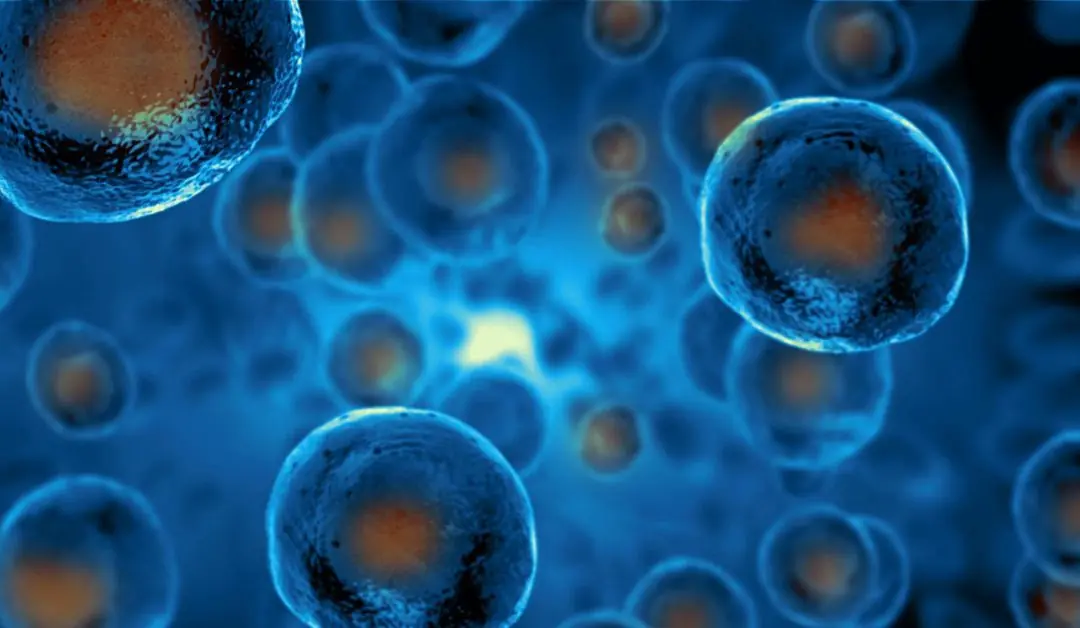
The Power of Water Fasting: Regenerate Your Immune System, Slow Aging, and Boost Health

Nurse at palliative care reveals the top 5 regrets of people right before they died

Beyond Weight Loss: Ozempic Users Report Surprising Mental Health and Taste Bud Changes

Woman Declared Dead for 27 Minutes Scribbles Haunting Message Upon "Return to Life"
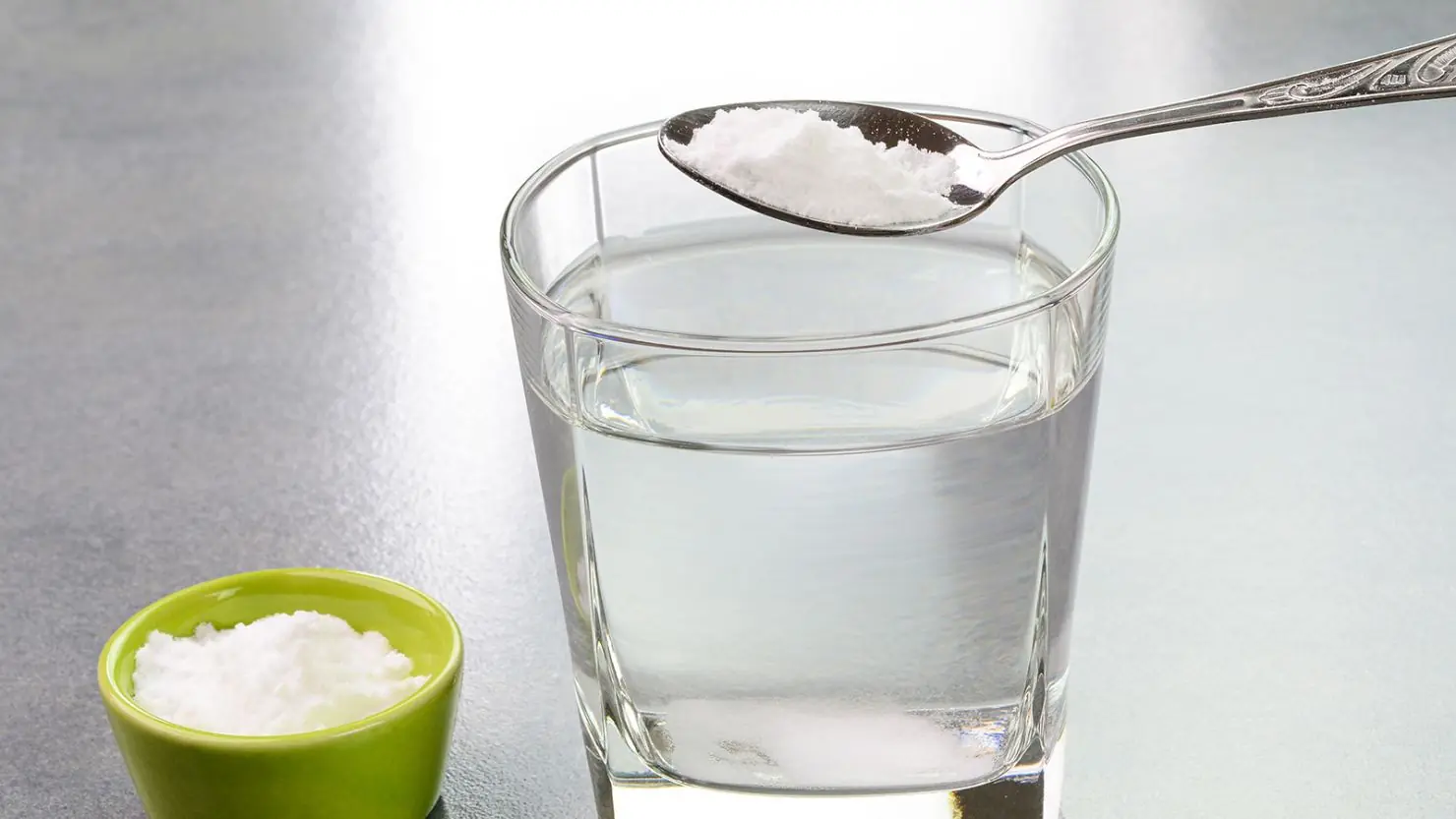
Unlock Health: Surprising Benefits of Drinking Baking Soda Water
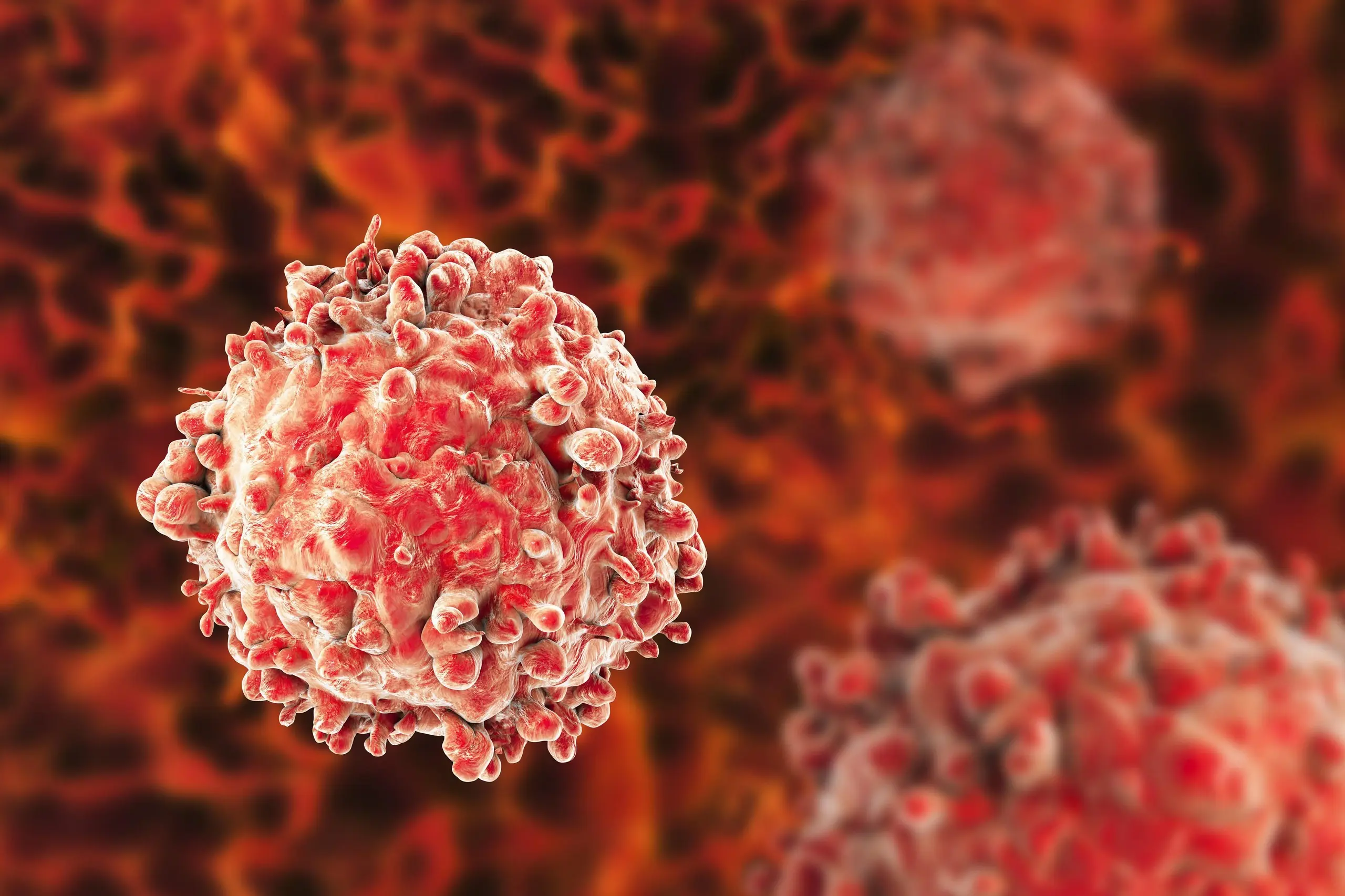
50-Year-Old Man Dies from Destroyed Liver: '2 Pains and 2 Itches' Appearing Abnormally Indicate Liver Disease
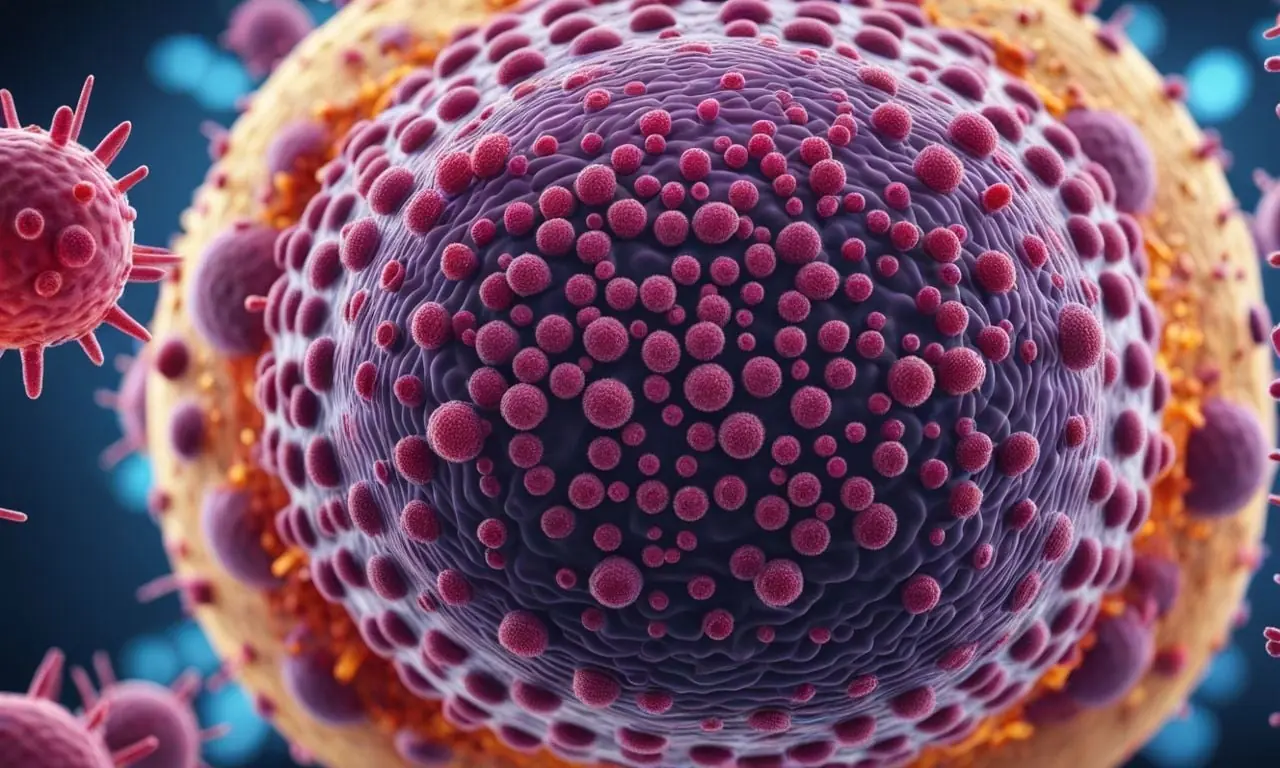
Breakthrough: Doctors Have Found a Way to Transform Cancer Cells Back to Normal
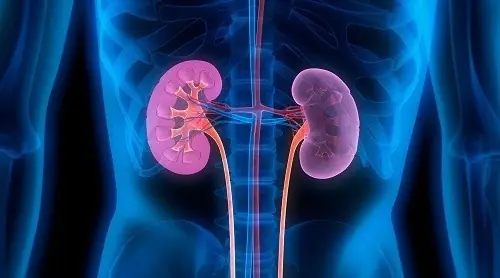
Losing Both Kidneys Before 30: Doctors Warn of 2 Habits That Cause Kidney Failure, Affecting Many People

6 Everyday Foods That Could Be Wrecking Your Thyroid Without You Knowing

Tragic Medical Error: 5-Year-Old Girl Dies After Doctors Miss This Common Childhood Illness

Deadly Bat Virus Claims Teen’s Life In Kerala—Officials Confirm Second Infection

The Progression of Cancer: A Striking Simulation Reveals How the Disease Kills

Still Smoking Weed at 30? What Science Says About Your Future

The Silent Sign: 38-Year-Old Dad Reveals His Only Bowel Cancer Symptom Was NOT Blood
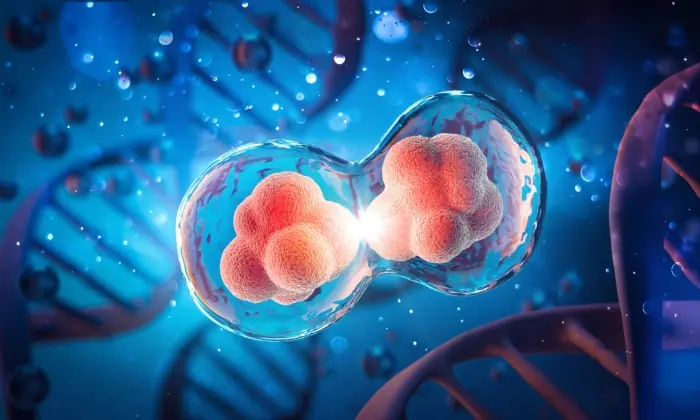
6 Early Cancer Warning Signs in Children: Parents Need to Know Early to Save Their Child
News Post

Person who ‘died for six minutes’ describes heaven and explains why it ‘isn’t what we think it is’

They Filled Plastic Bags With Air Because They Couldn’t Afford Balloons For Their Dad’s Birthday

13 Things From Your Facebook You Should Delete Right Now

"Scariest Photo Ever Taken” – The Sinister Truth Behind This Family Portrait

Global Shift: Seven Countries Reach 100% Renewable Power, Marking A Turning Point In Energy Transition

World’s first hybrid solar cargo ship to sail with 192 panels for 37,500 kWh power yearly

20-Year-Old Teacher Dies from Liver Cancer: Doctor Warns That Odor in 3 Body Areas Could Signal a Failing Liver

Young Woman Dies at 27 from Late-Stage Thyroid Cancer: Doctors Say It's Linked to a Pre-Bedtime Habit

A 43-Year-Old Female Teacher Diagnosed with Two Types of Cancer at Once: Warning Signs Ignored for 6 Months
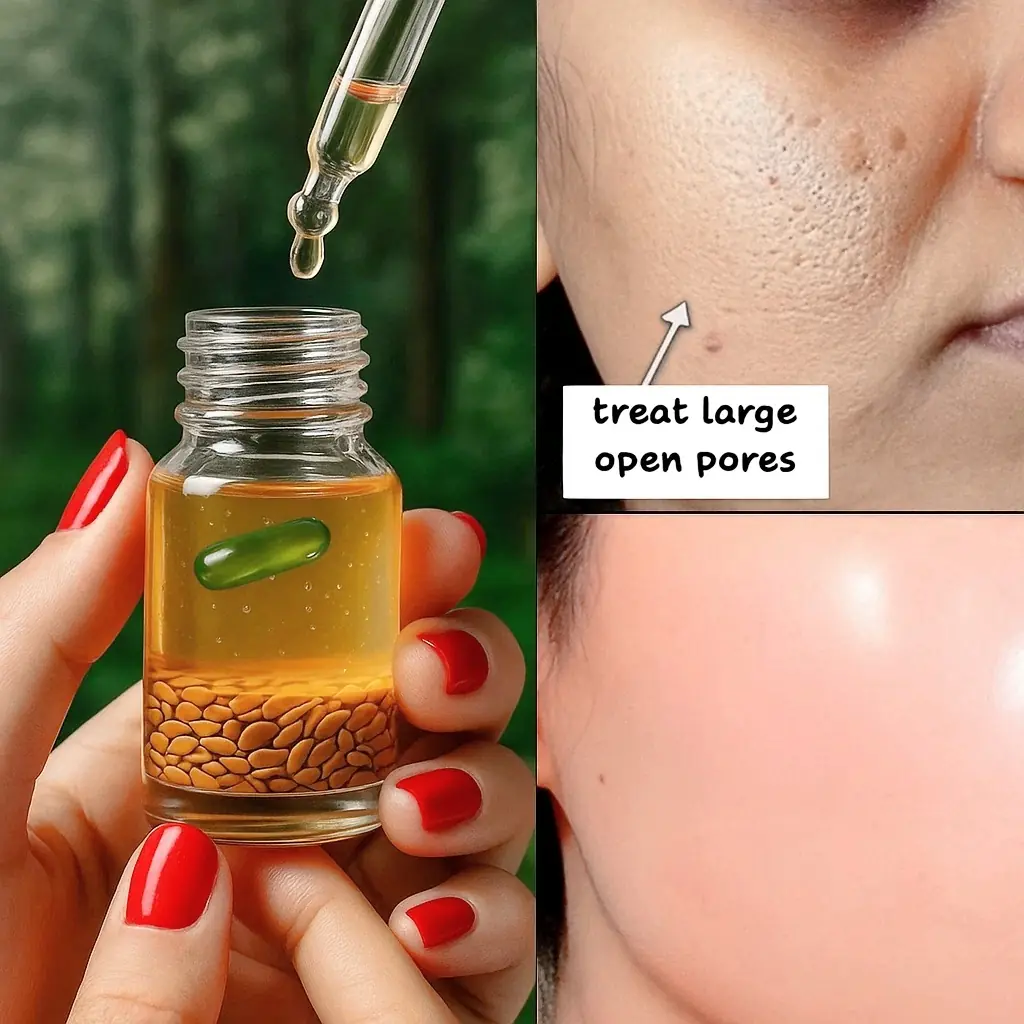
Ultimate DIY Rice and Flaxseed Serum for Younger, Poreless Skin
This DIY rice and flaxseed serum is a powerful and natural solution for anyone looking to improve their skin’s texture, tighten pores, and achieve a youthful glow.

Life-Saving Insights: 10 Tips to Lower Your Stroke Risk & Recognize Early Warning Signs
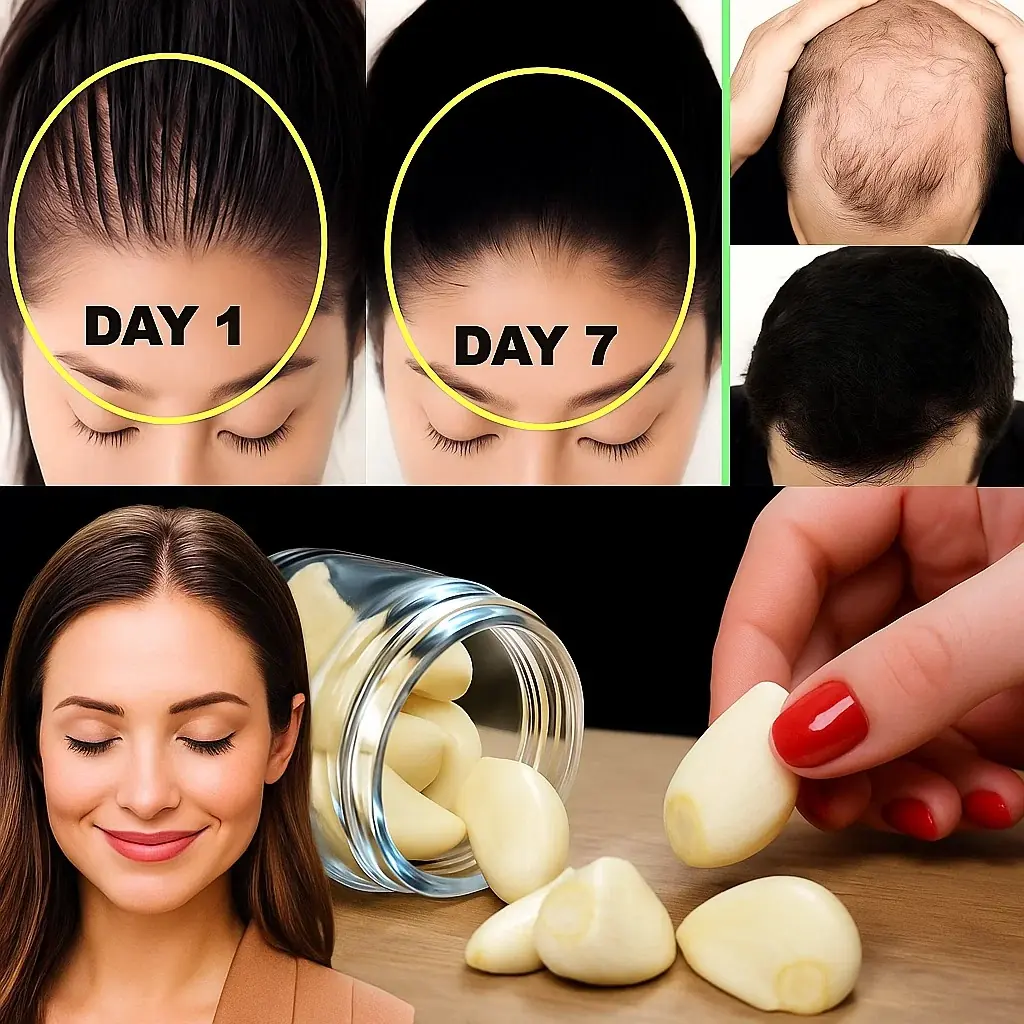
Hair Grows Like Crazy and Stops Falling Out – The Best Natural Remedy with Just 3 Powerful Ingredients!
These ingredients are not only backed by science but have also been trusted for centuries in various cultures around the world for their hair-strengthening properties.

The Power of Water Fasting: Regenerate Your Immune System, Slow Aging, and Boost Health
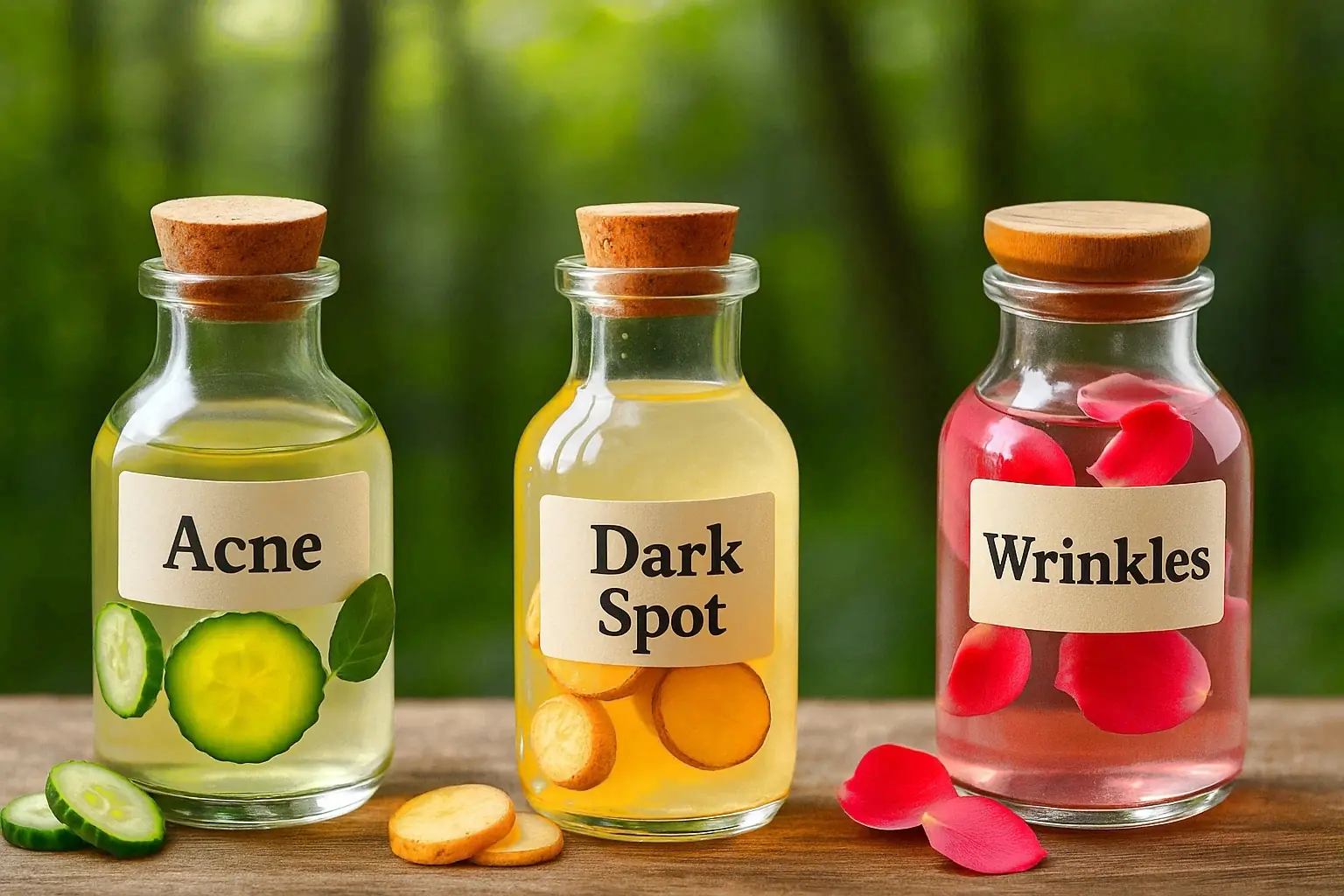
5 Powerful Homemade Skin Toner Recipes to Erase Acne, Clear Dark Spots, and Remove Wrinkles Naturally
These five homemade skin toners are incredibly effective, affordable, and easy to make using natural ingredients you likely already have in your kitchen.
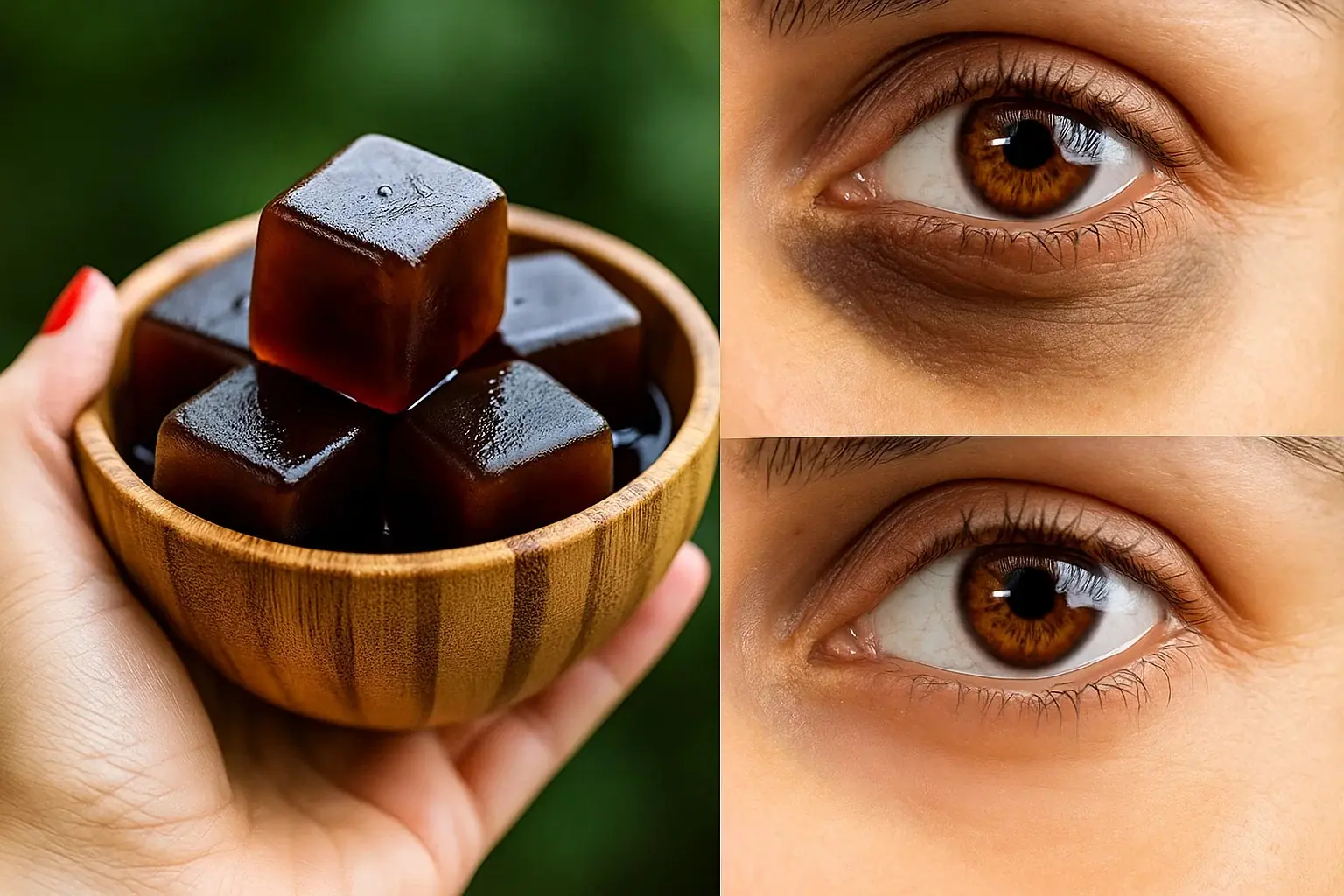
6 Natural Coffee Eye Masks for Dark Circles, Puffiness, and Wrinkles: A Complete Guide to Refresh Your Eyes
Try these six coffee eye masks, gels, and serums, and see the difference they make.

35-Year-Old Man Looks 13—His Secret? He’s Never Touched This One Drink

My Sister-in-Law and Brother Demanded to Use My Credit Card — When I Said No, Their Betrayal Cost Them Dearly
At just 22, Britney’s hard-earned credit card became the battleground for family greed and betrayal. When her refusal sparked hostility, the conflict escalated — exposing selfishness, br0ken trust, and a f!ght for justice.

Husband Leaves Si ck Wife with Baby, But She Teaches Him a Life-Changing Lesson
A story of how a husband’s lack of support during a wife’s illness pushed her to teach him a powerful lesson. What happens when a wife decides she’s had enough of being taken for granted? Read on to find out how she reclaimed her power and showed he

I HELPED PLAN A FAMILY CRUISE FOR MY DAD AND STEPMOM—ONLY TO BE TURNED INTO THEIR NANNY
What happens when a daughter is asked to plan a dream vacation, only to be treated like the family nanny? A heartfelt story of self-discovery and finding the courage to prioritize yourself.